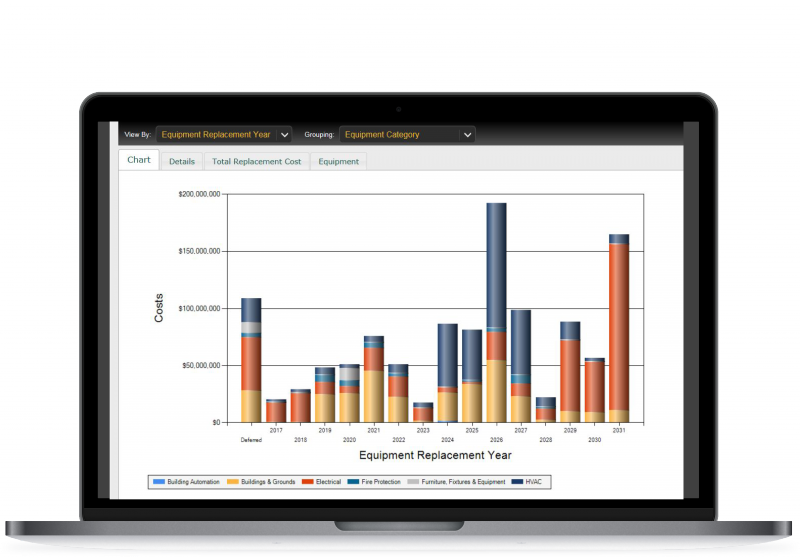More Objective Data.
Geospatial Analytics Inspect InSite™ provides objective, standardized criteria for a broad range of asset and condition types, enabling consistent input of asset condition across inspectors and facilities. To estimate savings due to this, you can treat subjective data as a form of data entry errors, and hence increase the percentage reduction in time needed to correct these errors, compared to the total time spent per inspection.
More Complete Inspection Inventory.
By prompting facility technicians to inspect a broad range of asset types and common problems with any given asset type, Geospatial Analytics Inspect InSite™ ensures a more complete inspection inventory than is likely during unprompted, manual processes. To estimate this benefit, you can estimate the time spent identifying assets not inspected, identifying asset problems not sufficiently specified, and re-inspecting the inventory, compared to the total time spent per inspection.
You can then extrapolate these four types of savings across the number of inspections, number of inspectors, and number of facilities. Note that if the sum of the percentage reductions for these efficiencies sum to only 10 percent, the savings for a company with a large number of inspectors and facilities can be quite large.
For a more detailed analysis, you can categorize major, intermediate, and minor inspections, and assign various hours/inspection and costs to each type to enhance the granularity of the analysis. At an aggregate level, you can also incorporate a fifth type of cost savings. This involves adding total estimated cost savings due to efficient and easy integration of Geospatial Analytics Inspect InSite™ into a wide range of existing computerized maintenance management systems, compared to systems without this seamless integration.



